Developing Good Dance "Routines" - How to maximise your productivity as a dancer
The closure of studios during tightened restrictions has made many of us realise how much of a privilege access to in-person dance classes actually is. As such, we should not be wasting the opportunities that we have to attend dance classes, and should actively take steps to ensure that we are able to make the most of our in-studio sessions.
Cultivating good habits to increase your dance productivity, and turning these into a routine (pun intended) is crucial in ensuring that you continue to progress in whatever style you choose. This routine includes the actions you take before class, during class, and after class as well. While it can be easy to overlook what you can be doing before and after your dance classes, it is important to remember that small actions build up to big consequences! Remembering to put effort into your actions before and after dance class will have positive impacts on your attitude and body, and this can help you achieve new heights as a dancer!
Before Class
1. Plan your outfit for class
While this may seem superficial, it is always important to dress for success! When you take active steps to look your best for class (i.e. good fitting dance clothes, proper shoes and neat hair), you create a headspace for yourself that makes you feel ready and excited for class. Additionally, looking good on the outside can help give you the confidence to feel good about your dancing on the inside as well. As dancers we are always willing to put in all the effort to look good for performances and competitions - why not look good for class as well!
2. Stretch at home
If you are able to, it is always good to stretch and limber yourself up even before your dance class (even if your dance class has a warm up of its own). This shakes up your muscles for the day, and also gives you an opportunity to assess if there are any areas of concern that you should be looking out for during class. If you've been previously injured, this is particularly important. Old injuries can always come back to haunt us, so it is important that we be careful with these spots on our bodies that can be particularly sensitive. When you stretch before your class, take note of any aches or pains that you may feel. Even if they are mild, at least you are aware of the pain and can adjust your expectations for your class.
3. Go through what you did in your previous class
Before your dance class, it is always good to review what you did in the previous class. The purposes of this is to:
- Identify problem areas to focus on in particular for your upcoming class;
- Ensure that you remember where you stopped at your last class so that you do not need to waste time repeating the same material;
- Get your mind ready for dance to increase your ability to learn better.
Going to class already having thought about your technique and steps means that you are in the right headspace to learn new steps or technique!
During Class
1. Be entirely mentally present in class
Once you step into your studio, leave everything else (i.e. anything non-dance related) at the door. Whatever worries you are having, or other matters you might be thinking about, they can wait until after you have finished your class. If you hold on to these matter during your class, not only will it affect your dancing, but it won't solve your problems anyway, and may even make you feel more stressed. Once your class starts, refocus your energies on dance entirely. Not only will you be able to improve, but you may even find that this provided a much needed break from your worries, and give you the refreshment you need to face and conquer them.
2. Push yourself physically - but not beyond your limits
When taking a dance class, it is important to challenge yourself. Learning a new routine, or more impressive technique, can seem daunting, but you should not be afraid to rise to the challenge. It may seem difficult at the start, but pushing yourself to do better will only make you a stronger dancer.
However, know your limits. There is a difference between pushing yourself to the best of your abilities and pushing yourself too hard. At the point where you experience pain or discomfort, you should evaluate the situation, talk to your dance teacher, and stop if necessary. While pushing yourself hard can be good, pushing yourself too hard will only lead to long term injuries and stress.
3. Video your classes (if allowed)
This depends on your studio's policy, though most don't mind students videoing themselves in class. As mentioned in our previous posts, videoing yourself, and subsequently watching these videos back) helps you identify what you did well, what you may need to improve on, and allows you to determine the necessary actions to further improve.
After Class
1. Stretch it out
What many young dancers take for granted is how fast our bodies bounce back, but if we don't stretch our muscles out after class, we risk long-term muscle damage. No matter what your age or how fit you are, remember to cool down and stretch out your muscles after class (be this at the studio, or when you get home). This will not only minimise any day-after aches you may experience, but will also improve your muscles and strength in the long run!
2. Take notes
These can be as detailed or as minimalistic as want, but it is always good to write down your thoughts and important details that happened in your class. Whether it is on your phone, on a digital diary or on a physical notebook, taking down notes after your class will help you process your class better. Dance may be physically vigorous, but it is also mentally engaging. The swarm of new information given to you can be overwhelming, so noting them down can help make your thoughts more coherent.
***
Got your own routine that you do before your dance classes? Share them with us! Tag us on instagram, facebook, tik tok, or email us to let us know your story!







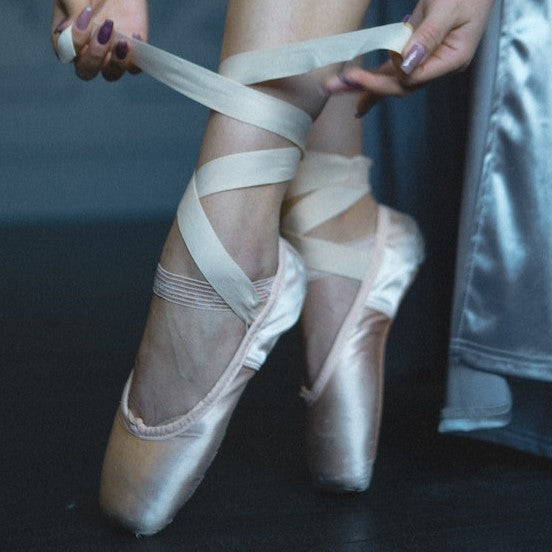

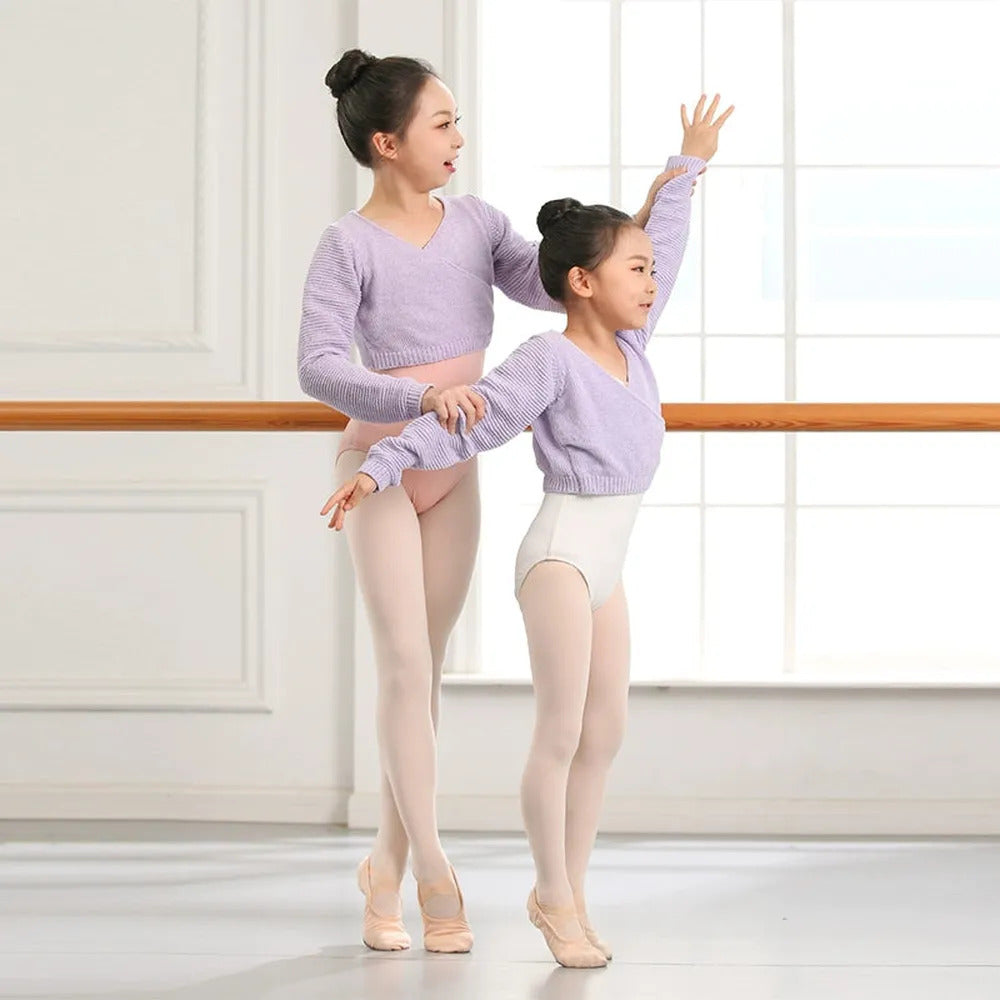

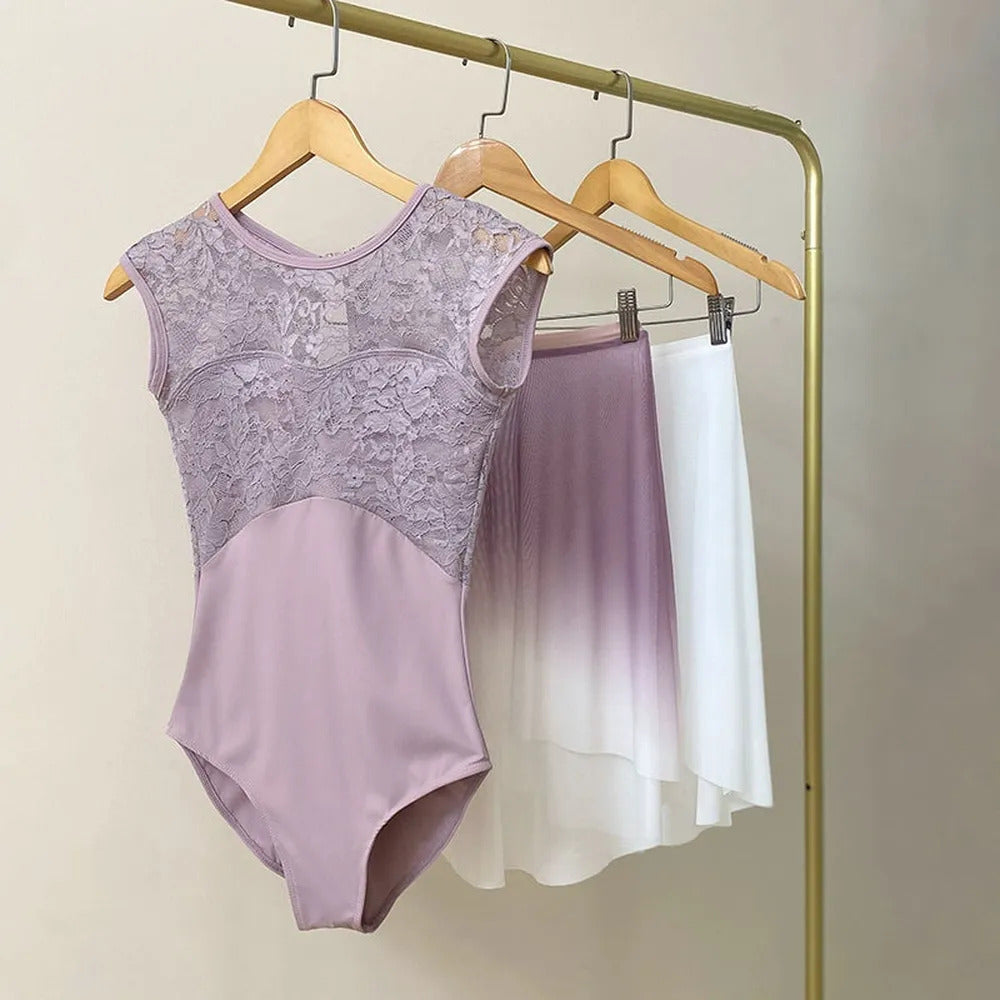

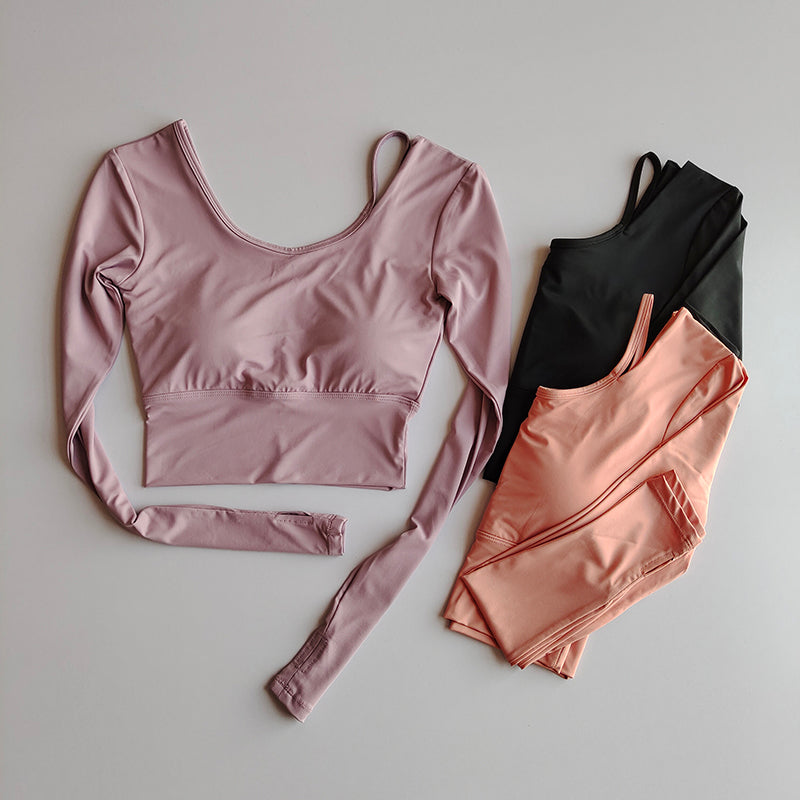
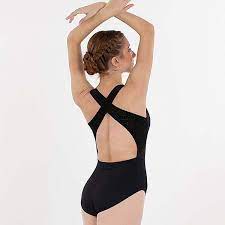


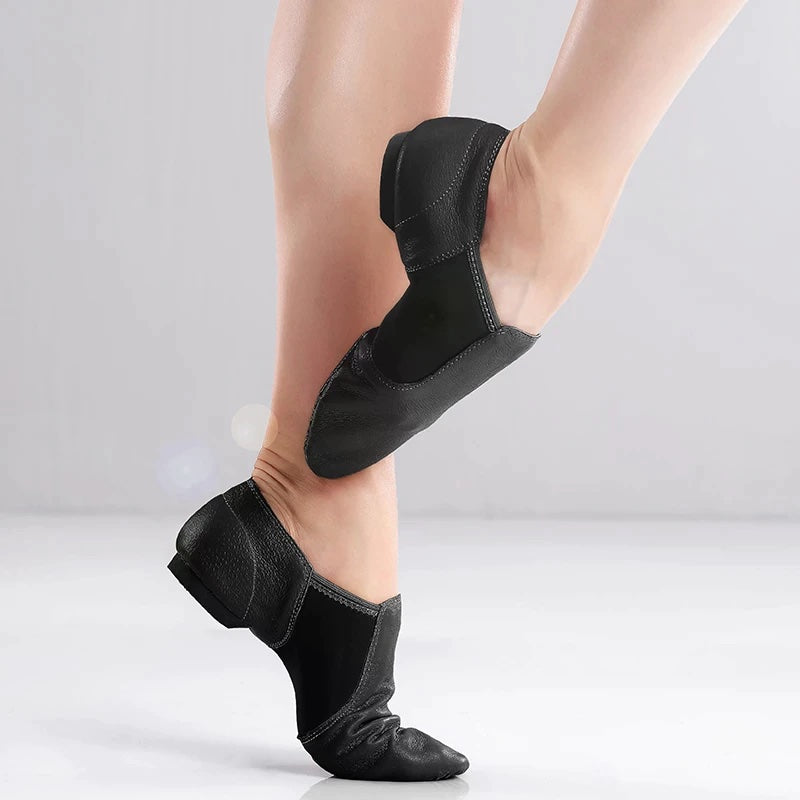
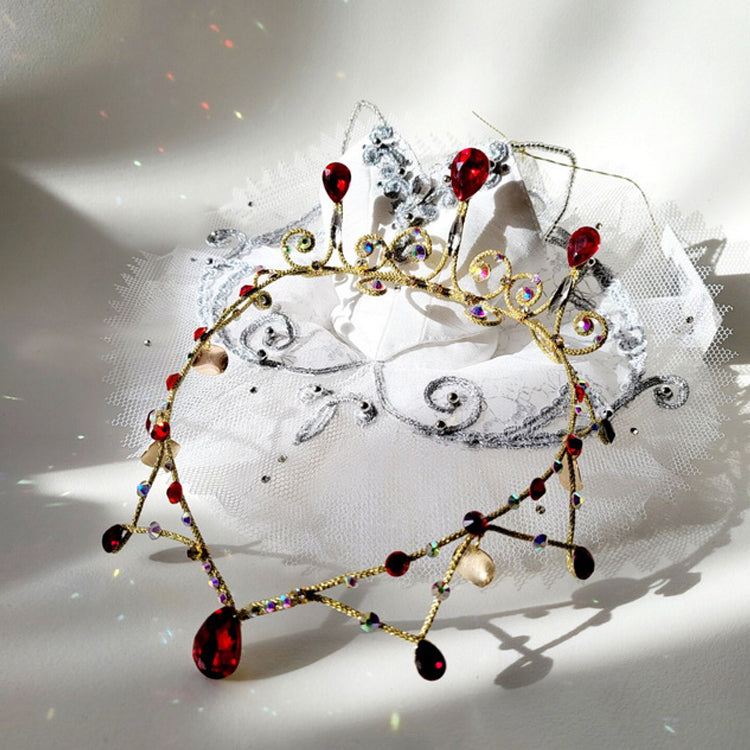
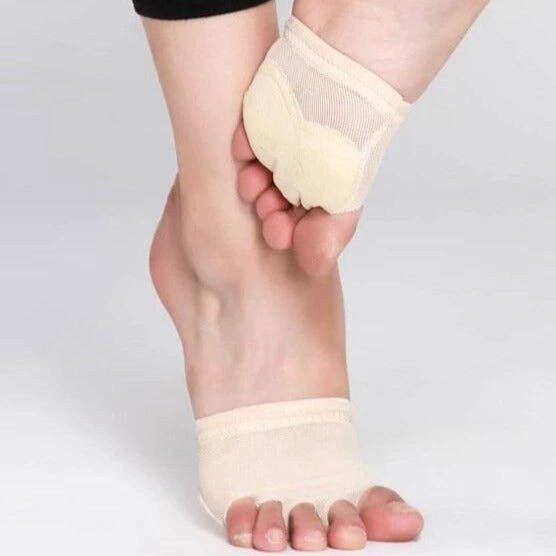

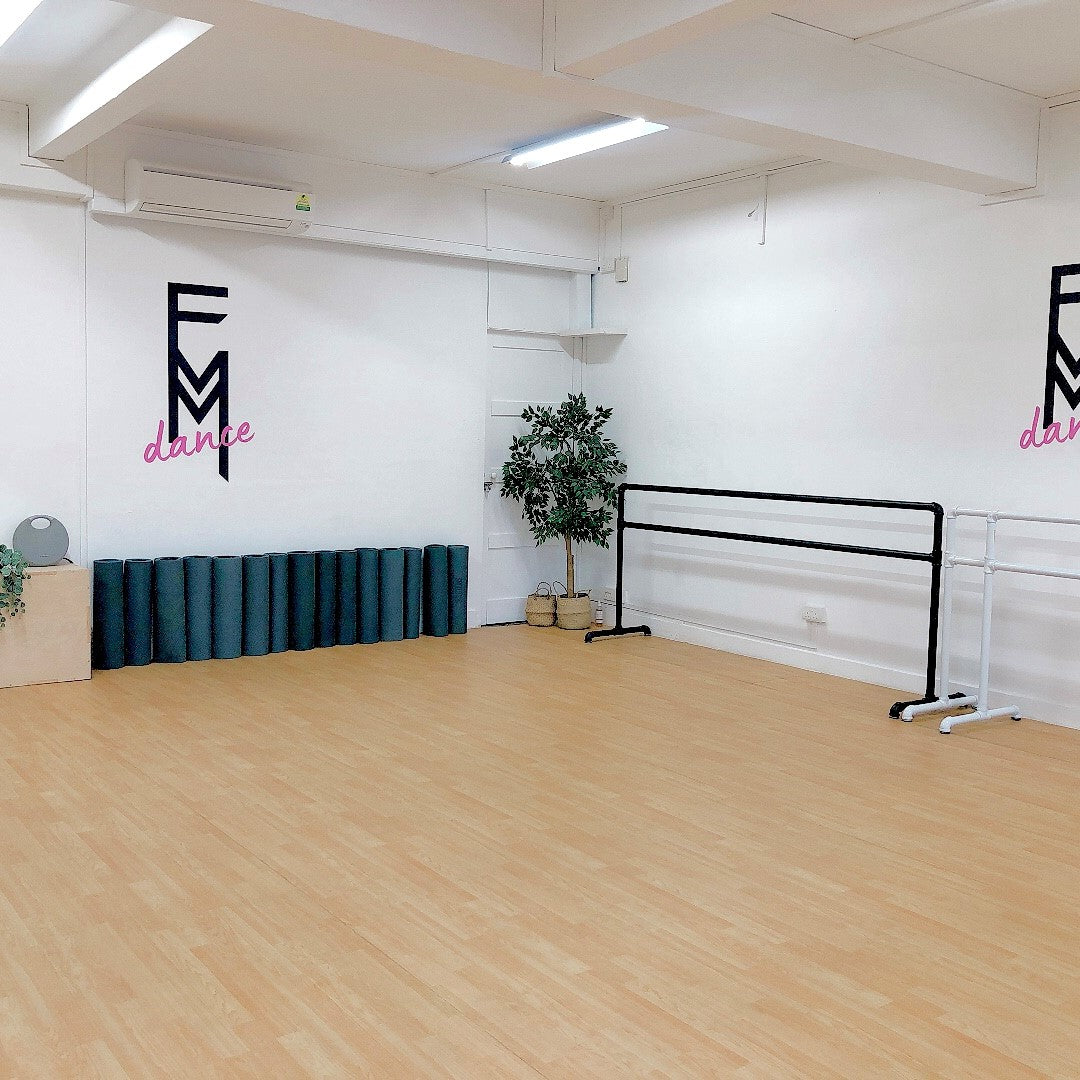

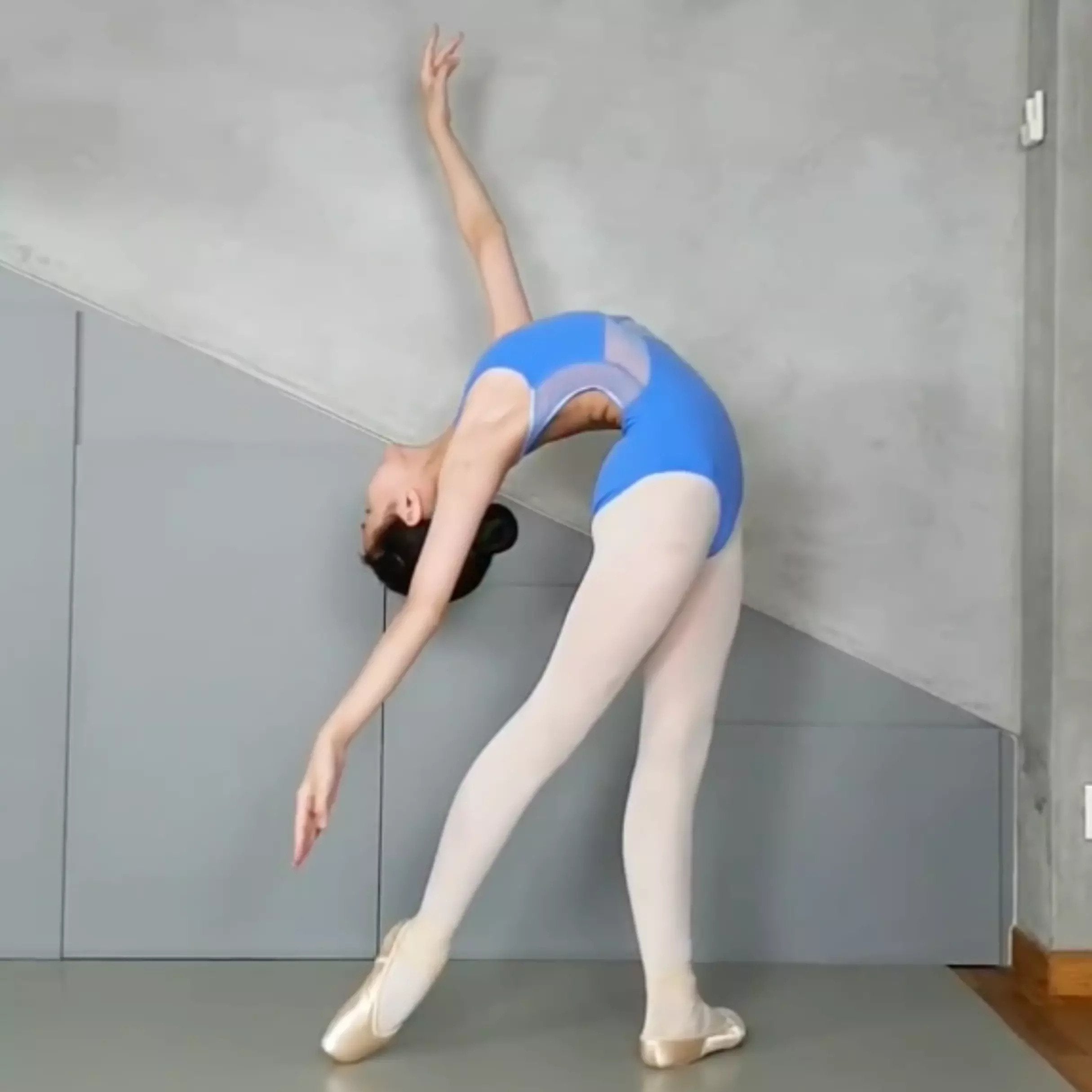
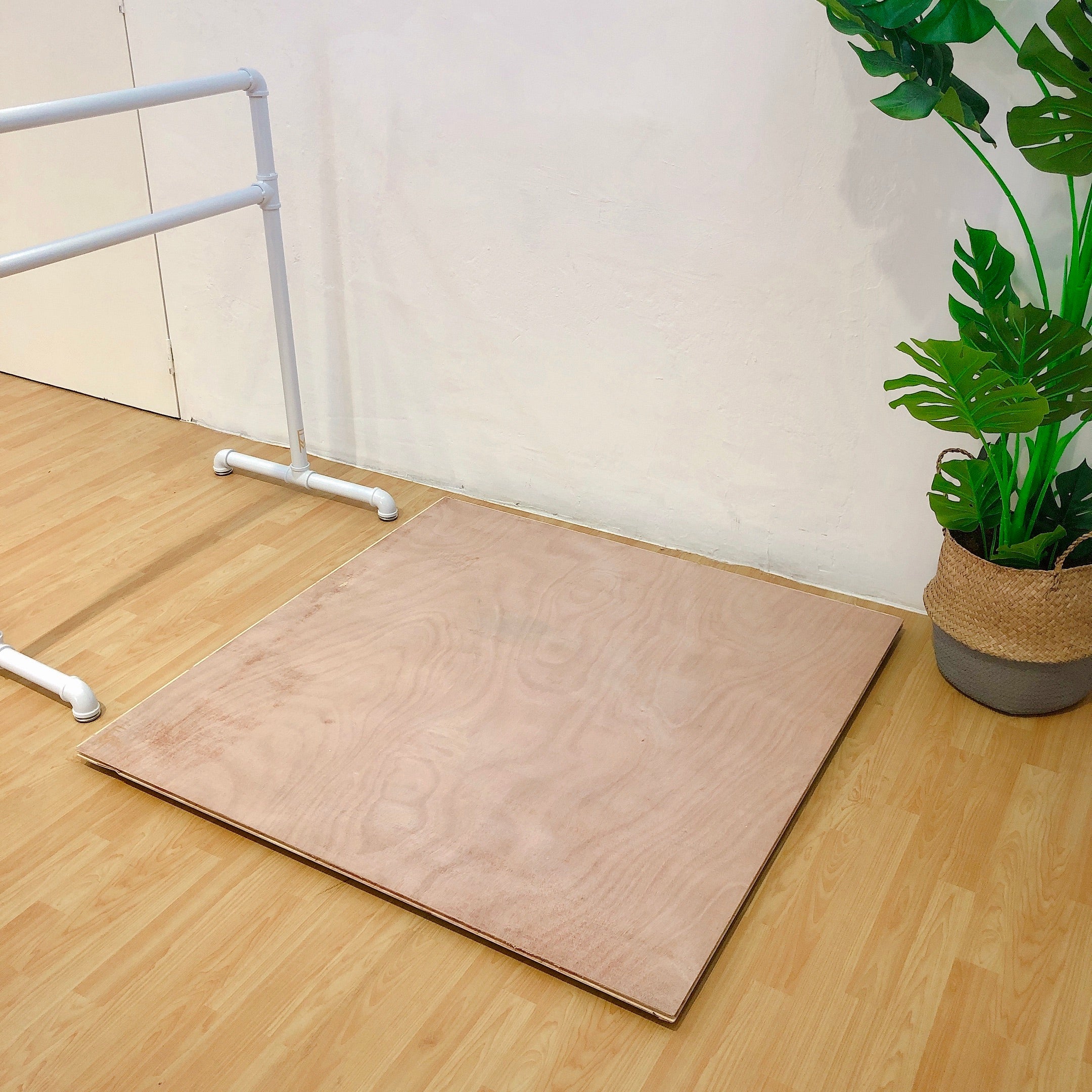


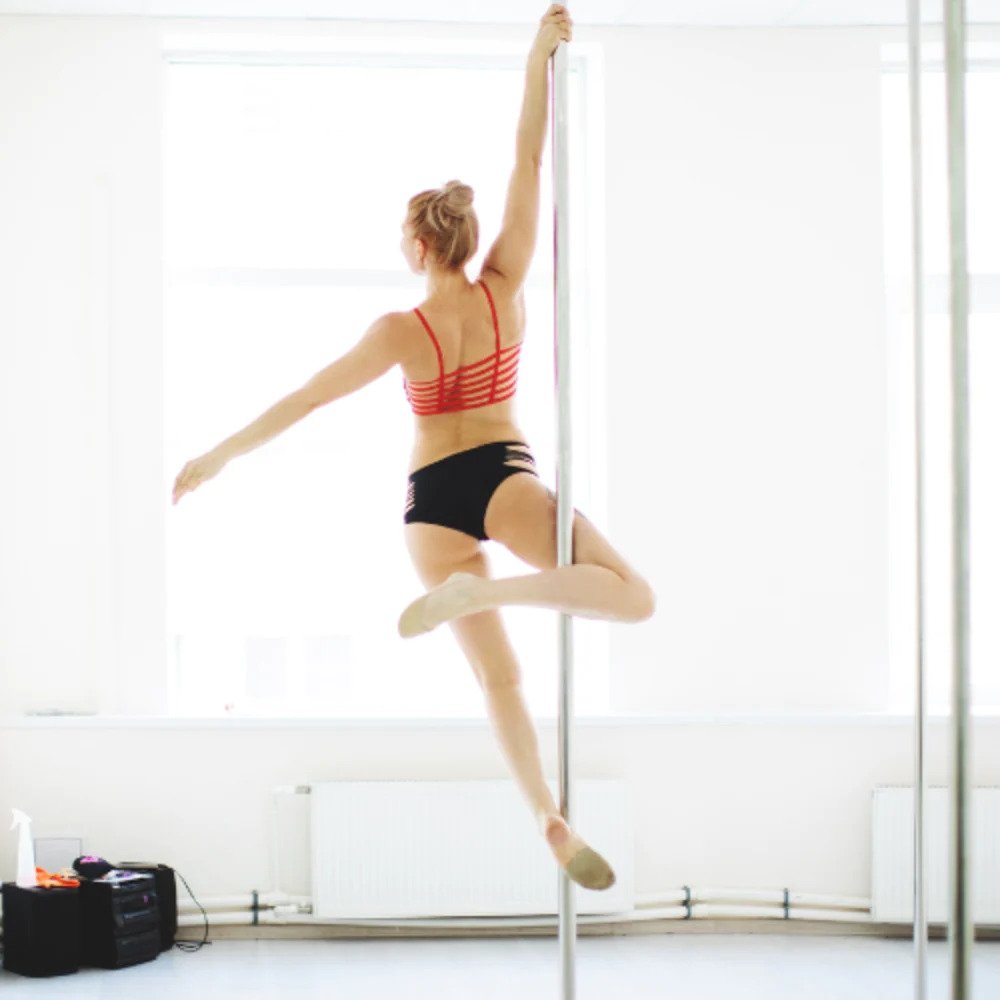
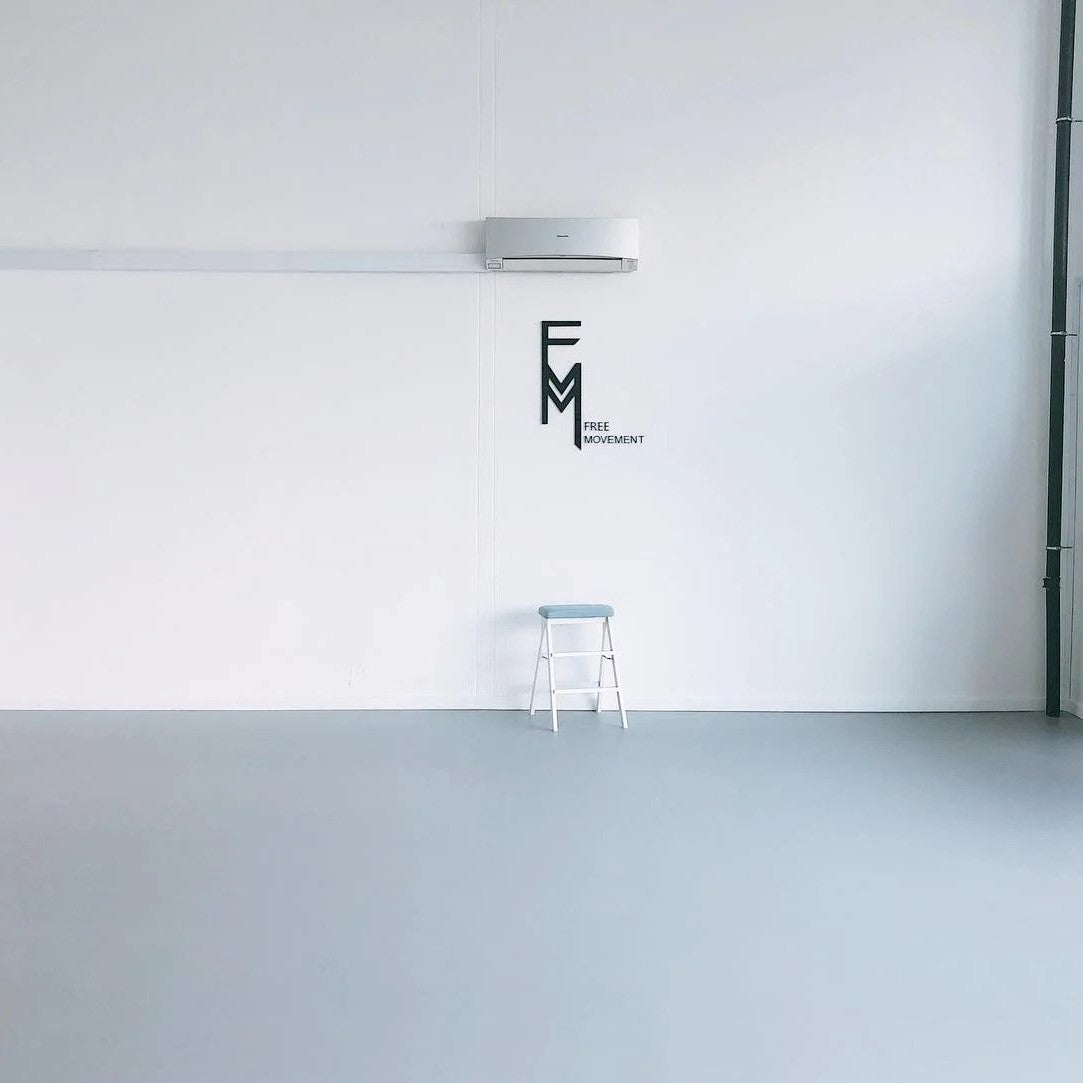



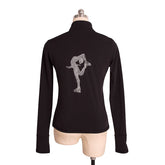
Leave a comment
Please note, comments need to be approved before they are published.